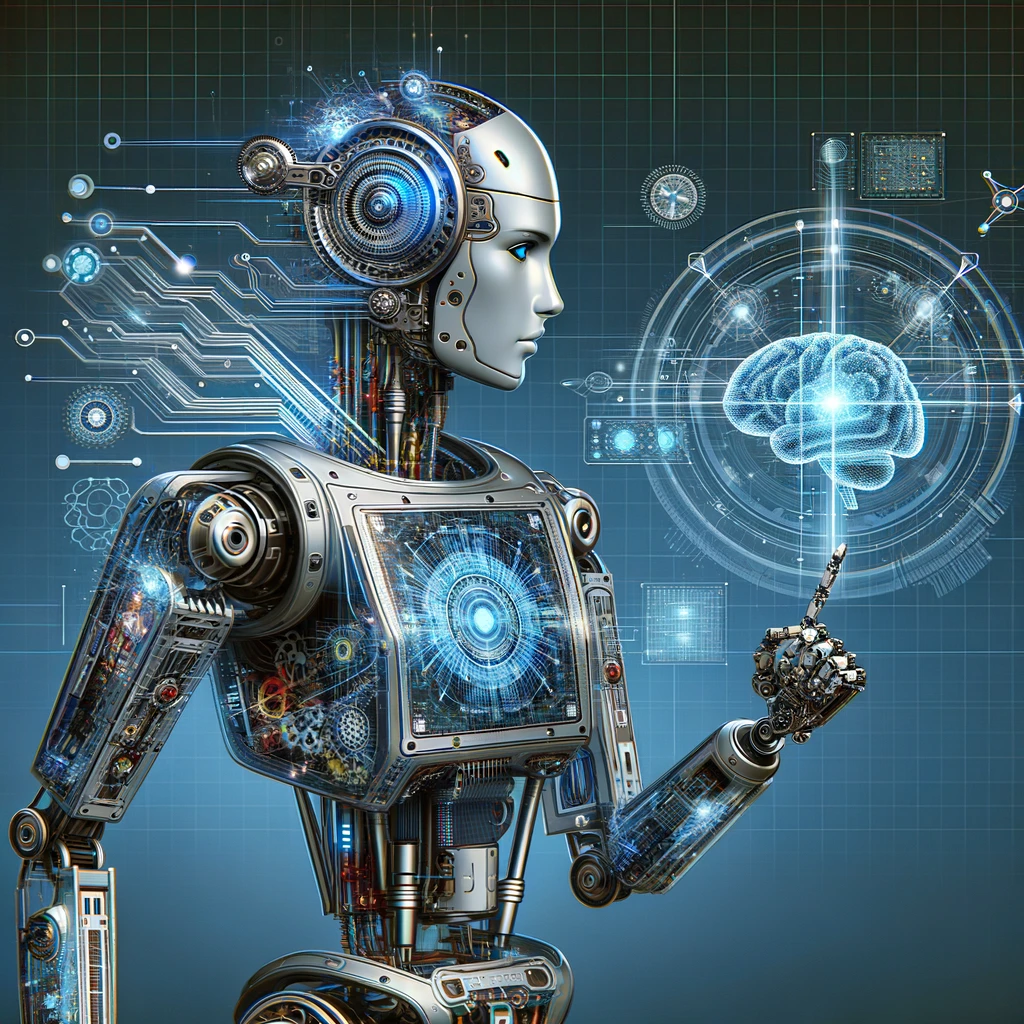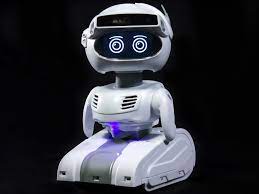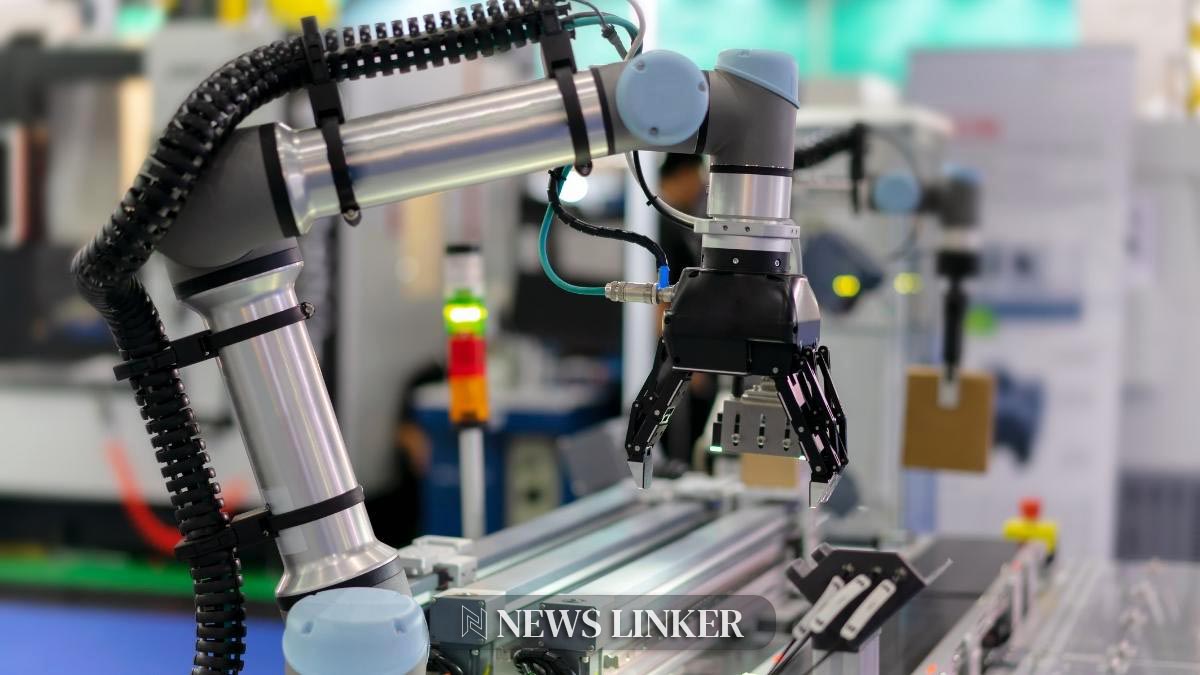Robotics, a branch of Artificial Intelligence (AI), combines Electrical Engineering, Mechanical Engineering, and Computer Science for designing, constructing, and applying robots. You can also read our article titled What is Robotics in AI? AI in robotics is not always necessary, as many robotic tasks are repetitive and predictable, not requiring advanced AI. However, with the rapid advancement of AI, the integration of AI in robotics is becoming more prevalent, leading to more complex and intelligent robotic systems.
AI in robotics enhances robots’ capabilities beyond simple, programmed tasks. It involves machine learning, enabling robots to learn and perform tasks by observing human actions, and equips them with computer vision for navigation and response to their environment. Robotics and AI are distinct yet complementary fields; while robotics focuses on creating machines for specific physical tasks, AI involves systems that emulate human intelligence for decision-making and learning. AI in robotics leads to increased productivity, improved safety, and greater flexibility across various industries.

Applications of AI in robotics span multiple sectors. In customer service, AI-powered chatbots handle repetitive requests, while in manufacturing, AI enables robots to perform complex tasks with greater precision. AI is also crucial in packaging, improving efficiency and accuracy, and in imaging, enhancing visual recognition capabilities. Machine learning further allows robots to adapt to their environments, increasing their intelligence and adaptability. As AI technology continues to evolve, its integration with robotics promises even more innovative applications in the future.
Why Use AI in Robotics?
Integrating Artificial Intelligence (AI) into robotics transforms traditional machines into more efficient, adaptable, and intelligent systems. You can also read our article titled What is Artificial Intelligence (AI)?. AI allows robots to learn autonomously, make decisions in real-time, and adapt to their environment. This synergy is revolutionizing various industries, including manufacturing, healthcare, agriculture, and transportation.
In manufacturing, AI-driven robots perform tasks with high precision, such as assembling, welding, and packaging, enhancing productivity and ensuring quality control. In healthcare, AI robots assist in surgeries and patient care, improving outcomes and efficiency. In agriculture, AI-equipped robots assist in crop monitoring and harvesting, optimizing farm productivity.
AI’s machine learning capabilities enable robots to mimic human actions, navigate using computer vision, and analyze data through sensors like optical, ultrasonic, and vibration sensors. This evolution from repetitive task performance to dynamic and intelligent operation marks a significant leap in robotics technology.
AI in robotics is not just about automation but intelligent automation, capable of self-learning, problem-solving, and decision-making. It’s an exciting field, promising innovation and growth, as robots become more integrated into daily life and industrial processes. The future of AI in robotics is bright, with limitless potential for further advancements.
What is an Example of an AI Robot?
Misty is an example of an AI robot that demonstrates the integration of artificial intelligence in robotics. This autonomous robot is equipped with a range of sensors, cameras, and microphones, enabling it to interact with its environment. Misty’s capabilities include recognizing people, objects, and facial expressions, as well as understanding natural language. This robot exemplifies the potential of AI in enhancing robotic functions, allowing it to learn from and respond to its surroundings in a sophisticated manner. Such advancements showcase the evolving role of AI in robotics, extending beyond basic mechanical functions to more complex, human-like interactions and decision-making processes.

What is the Difference Between Robotics and AI?
Robotics and Artificial Intelligence (AI) are distinct yet interconnected fields. Robotics focuses on designing and building physical machines to automate tasks, enhancing productivity and safety in various sectors like manufacturing and medicine. These robots, often programmed for repetitive actions, interact with their environment through sensors and actuators.
On the other hand, AI involves creating computer systems that emulate human cognitive processes like learning, problem-solving, and decision-making. AI algorithms enable machines to learn autonomously and adapt to new information and tasks, going beyond predefined instructions. While AI can be embedded in robots to enhance their capabilities, it also operates independently in devices like smartphones and computers.
The key difference is that robotics deals with the physical embodiment and movement, while AI focuses on intelligence and data processing. They converge when AI is integrated into robotics, allowing robots to perform complex tasks with more autonomy and adaptability, showcasing the evolution of technology in automating and enriching human tasks.
How Many Types of AI Robots are There?
In the evolving field of artificial intelligence (AI) and robotics, there are numerous types of AI robots, each designed for specific applications and purposes. Among the notable examples are Agility Robotics’ Digit, a humanoid robot capable of navigating complex terrain; Boston Dynamics’ Atlas and Spot, highly advanced robots with dynamic movements; Japan’s HRP-5P, designed for heavy labor; Aquanaut, an underwater robot by Houston Mechatronics; Disney’s Stuntronics, specialized in performing acrobatic stunts; and Boston Dynamics’ Stretch, an automated warehouse assistant.
Other significant AI robots include Hanson Robotics’ Sophia, known for its human-like interactions; Miso Robotics’ Flippy, a kitchen assistant; Nomagic’s pick-and-place robot for warehouse automation; Scaled Robotics’ Construction Site Monitoring Robot; and Promobot, designed for customer service. Additionally, there are specialized AI robots like AMECA, Spot, Atlas, AInstein, and PALM-E, each showcasing unique capabilities ranging from emotional expression to complex movement and problem-solving.
These robots represent a diverse range of AI applications, from domestic and commercial assistance to industrial, educational, and entertainment purposes. They demonstrate the increasing integration of AI in robotics, enabling machines to perform complex tasks with higher autonomy and efficiency.
What is the Smartest AI Robot?
Sophia, created by Hanson Robotics in 2016, stands out as the smartest AI-powered robot. Renowned for being the first robot citizen and a United Nations innovation ambassador, Sophia is a “hybrid human-AI intelligence” and one of the most famous AI robots globally. Designed to resemble Audrey Hepburn, Sophia was developed with a focus on social interaction. She is equipped with neural networks and artificial intelligence, enabling her to recognize human faces, gestures, and emotions effectively. Sophia’s ability to interact, understand, and respond appropriately to different people showcases the advanced level of her AI capabilities, making her a groundbreaking example in the realm of humanoid robots.










